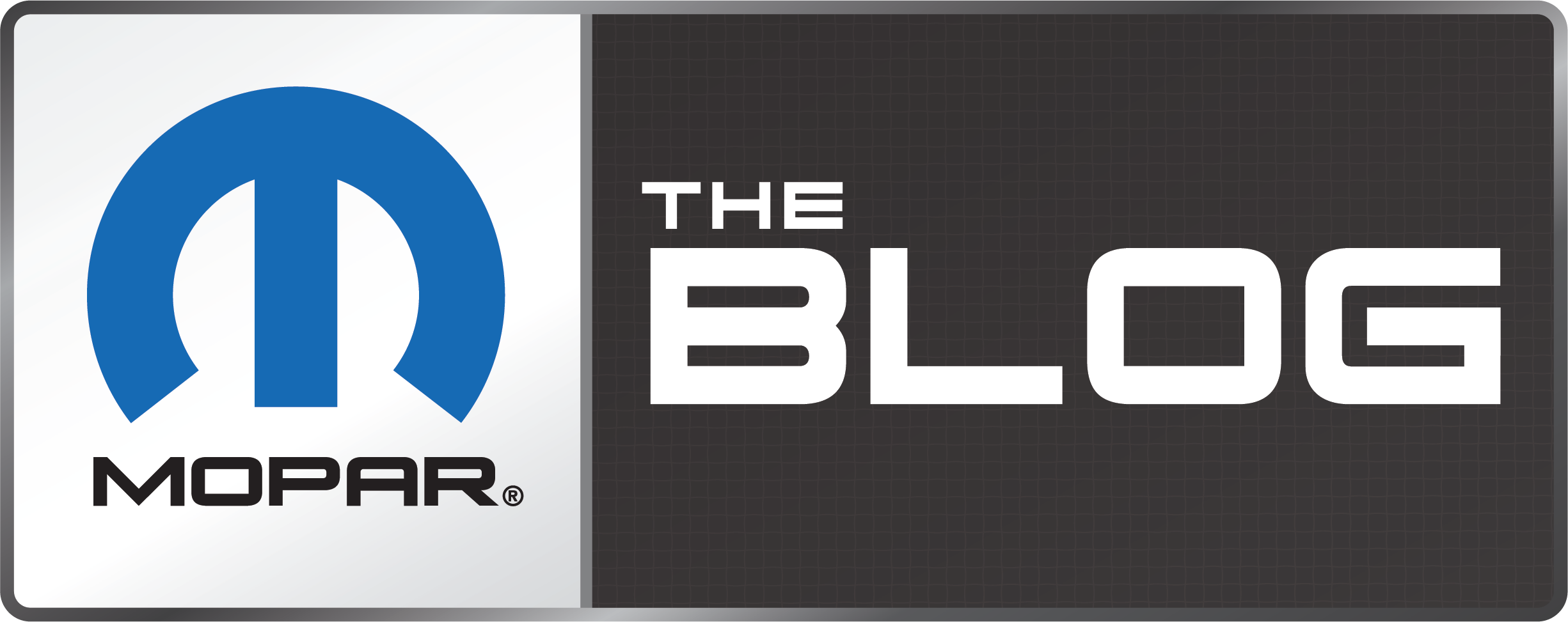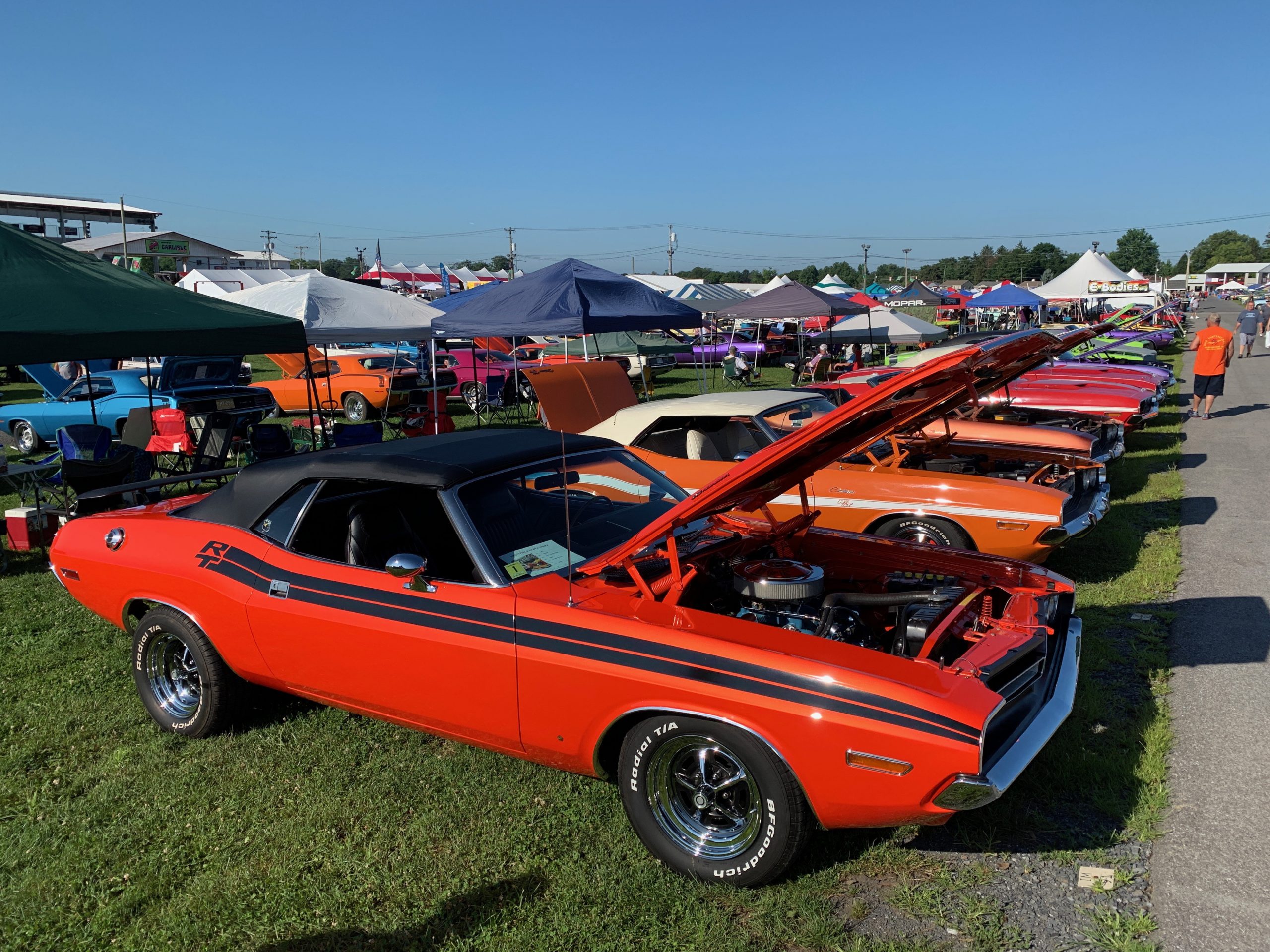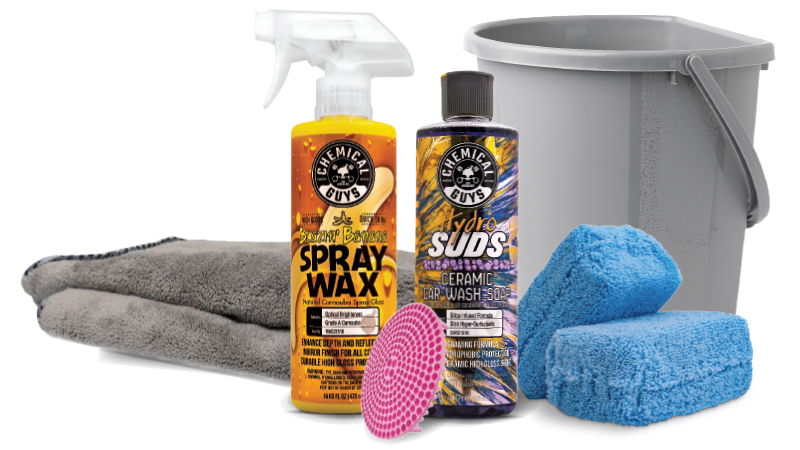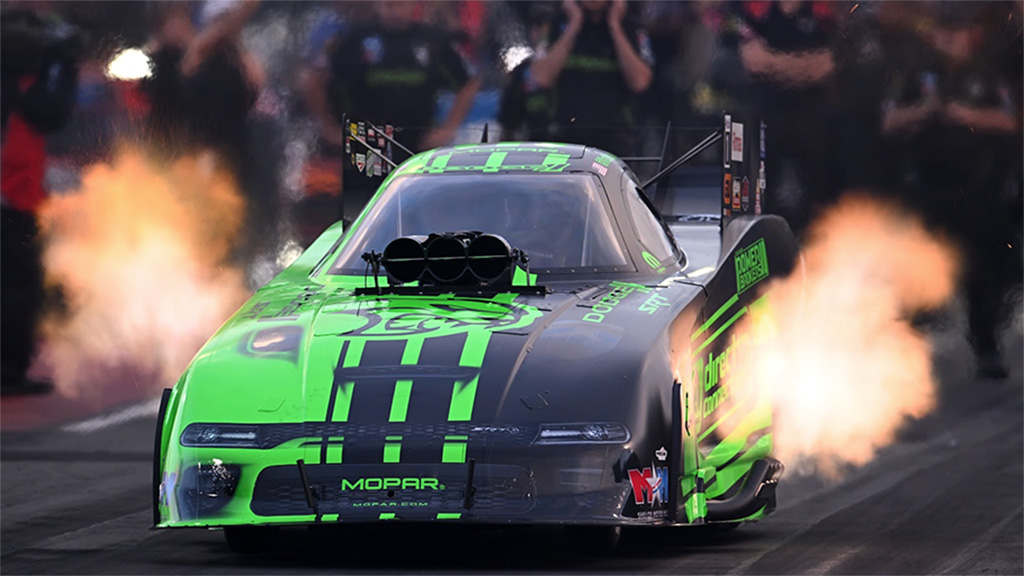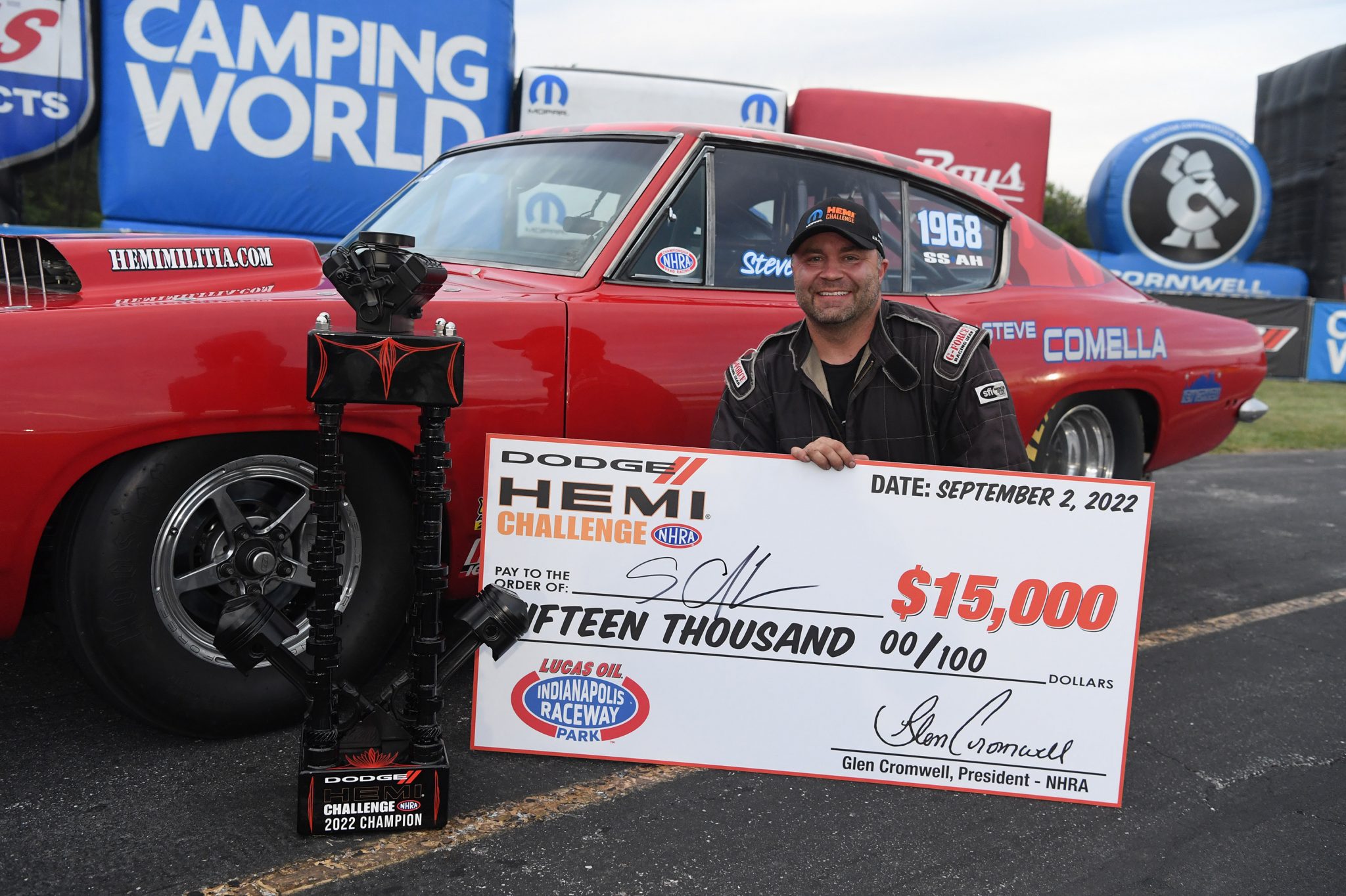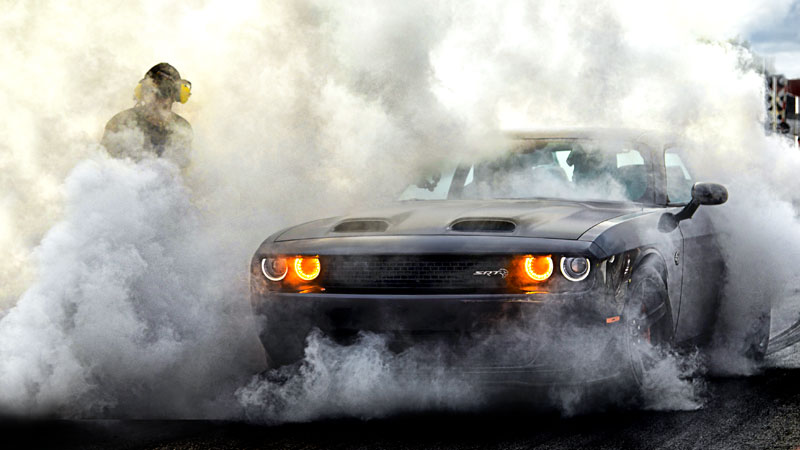Select Street & Racing Technology (SRT®) Powertrain Tests
SRT Duty Cycle: The SRT duty cycle includes a simulated run on a road course. We have collected data which we use to simulate a road course lap on a dyno. In our tests, we push an engine to three minutes of peak torque and then three minutes of peak power. If we’re not on the dyno, we are frequently on the drag strip with the cars where we do 50 passes, back to back – almost a continuous loop.
Cooling and Thermal Management Modeling: With cooling modeling, we are matching the engine and transmission cooling needed for different types of driveline load.
Deep Thermal Shock: The deep thermal shock test is designed to be a gasket or sealing surface test. We invented this test back in the day when we first had an aluminum head on iron block – which have different coefficients of thermal expansion. Today, we start an engine test at -40 degrees F, let it idle for a bit and then immediately go to peak torque and hold it there until we get the coolant to max operating temperature. Then, we move on to hold peak power. Then, the engine runs through a series of thermal cycles, which simulates worst case winter time driving. Then, the engine is shut down and we hit it with coolant at -40 degrees F. It’s a very aggressive test but an excellent way to simulate 10 to 15 years of engine life. After this -40 F cold soak, the engine actually has frost all over the exterior.
System Resonance: With system resonance testing, we’re basically measuring how various engine parts vibrate during operation, determining if, when, and where parts may crack or otherwise fail. We put accelerometers all over the engine and do a full wide open throttle speed sweep on the dynamometer. We take measurements on all the parts (intake, exhaust, accessories, brackets, etc.) to determine the worst-case speed for each one, and then build this into the test plan. We camp out at those engine speeds on purpose and prove the durability and life capability under these worst-case conditions. In fact, we assure up to 30 million cycles on components. All the parts are dyno tested.
Crank Resonance: With a crank resonance test, we basically subject the crank to maximum torsional vibration to ensure that there aren’t any flaws or weak points. What most people don’t think about is that a crankshaft is continually being twisted by each cylinder fi ring event.
Exhaust Manifold Durability: In exhaust manifold durability testing, we run the engine at peak power over a period of time and then shut it down and blow cold air directly on the exhaust manifolds to thermally shock them and see if they will crack. It isn’t realistic to think that this happens in the vehicle, but it allows us to confirm the design of the components in a much shorter time than 15 years. Similar to the deep thermal shock test, we’re looking for any thermal growth that may affect performance or durability.
Don’t miss Part 1 of this content, Put to the Test
Did you know? SRT vehicle owners with Uconnect® can test their mettle with real-time stats on the fly. They can save their reports, see their best times, and even share their numbers with others for a little healthy competition. If you’re an SRT owner with Uconnect, click here to sign in and get started.
